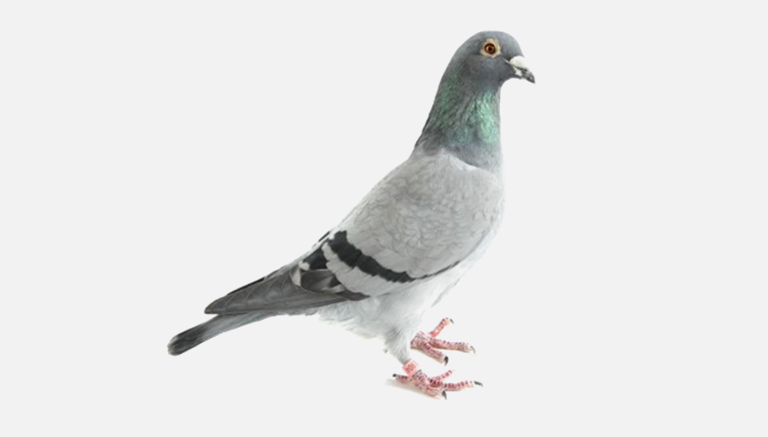What Pests does Elis Pest Control Services deal with?
Clean, Fast, Discreet & Cost-effective
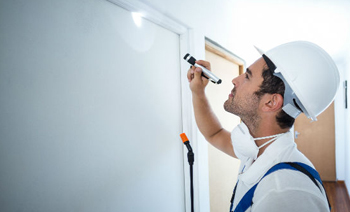
Now and again you may experience a pest control problem or infestation.
These problems may range from a rodent, ant, wasp, woodworm or cockroach infestation.
Through our level of expertise Elis Pest Control provides you with prompt, efficient and, most important of all, successful pest control services.
Rats
The word commensal is used to describe rodents that are generally found living in close associations with humans and very often dependent upon human habitat for the essential elements of food, water, shelter and space. The rodent species we normally categorise as commensal are: the House mouse Mus musculus, Norway rats Rattus norvegicus and Roof rats Rattus rattus
Treatment
We understand that have a rodent infestation in your home is extremely distressing, your home has been invaded and our team are there to help.
We will assign a local technician to get to your property as quickly as possible – reviewing your home for possible access points, advising on proofing requirements and proposing treatment options for you.
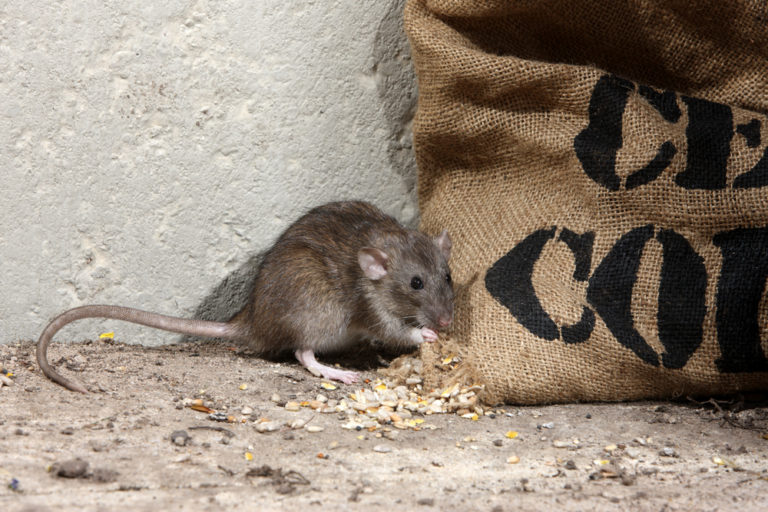
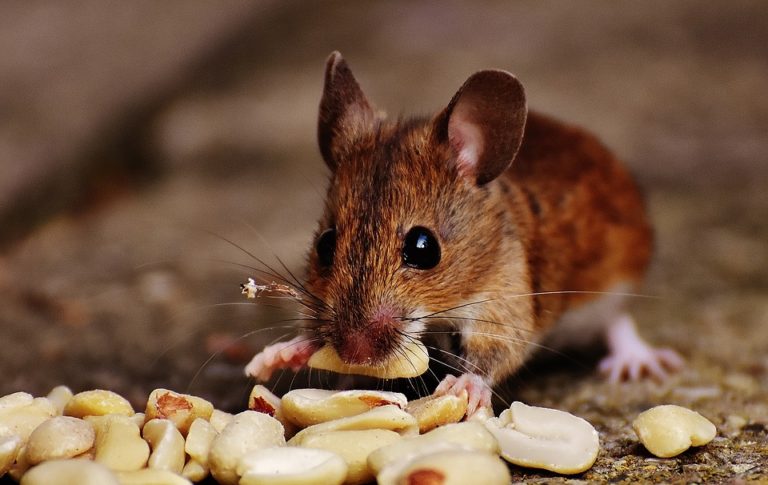
Mice
Mice are small mammals of the order Rodentia. Although commonly identified as pests, some are bred and kept as pets. Globally there are hundreds of types of mice including the Deer mouse (Peromyscus), Edible Dormouse (Glis glis), the Spiny mouse (Acomys) and even the Striped Zebra mouse (Lemniscomys). The House mouse (Mus musculus domesticus) and Field mouse or Wood mouse (Apodemus sylvaticus) are the two common types of mice found in the Ireland.
Why Mice can be dangerous
Mice can spread diseases such as Salmonella and Listeria, their urine, droppings and bedding causing infection. As mice travel, they are carrying dirt and bacteria with them, transferring it to counter tops, tables, cabinets etc. Mice use their urine to mark their territory, and due to their sporadic eating habits often build nests near food sources meaning that should you suffer an infestation you are at serious risk of food poisoning. Mice can also cause a lot of property damage. Mice have front incisors that never stop growing, as a result that must constantly chew and gnaw to keep their teeth filed down. Electric cables, water and gas pipes, packaging and woodwork may all be seriously damaged by mice – many instances of electrical fires and floods have been attributed to them.
Wasps
Although the presence of a Wasp in your general vicinity may cause concern we must remind ourselves that Wasps are incredible important the health of the world around us.
They are an important part of a garden ecosystem as pollinators and also reduce pest populations by feeding their larvae insects and caterpillars. They also valuable in horticulture for biological pest control of species such as whitefly in tomatoes etc. while pollinating crops.
Unless there is a threat to you or those around you it is advised to leave a wasps nest alone. While a Wasp may land on your skin to inspect a smell, it will most likely fly away without incident if you stay calm. An injured or dead wasp will send a signal that alerts their colony members and send them into a stinging frenzy, unlike bees, wasps can sting repeatedly.
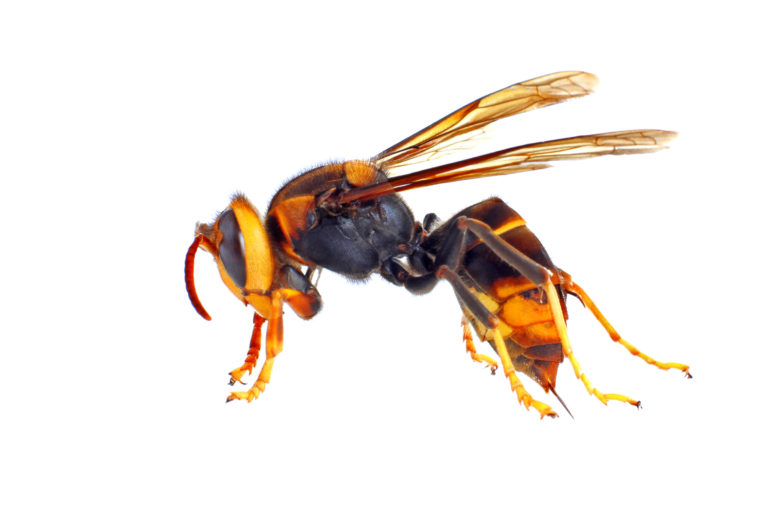

Garden Ants
Black ants nests can be found many different environments such as tree stubs, under rocks, in crevasses, in fields and in lawns. You will also sometimes find mounds they have created with the dirt they have excavated from their nest.
Black ants may infest your property in search of water or food. They feed off insects and sugary substances such as nectar and rotting fruits. They also may be in search of warmth or shelter if there is a change in the weather.
They are particularly attracted to decaying or rotten wood near or within your property’s structure. Indoors their nests can be found, in small holes or hollow spaces, attic vents, behind skirting boards, under sinks or behind wooden frames and counters. A nest can consist of of anywhere between a couple hundred to tens of thousands of ants.
Woodworms
We may refer to them as Woodworm but woodworms are actually the wood eating larva of various species of beetles including the Common Furniture Beetle, the House Longhorn Beetle and the Death Watch Beetle which are all commonly found in Ireland.
The boring/wood eating they perform can cause significant damage to your property and have long lasting effects including damage the structural integrity of buildings.
Vigilance is key when it comes to identifying the issue and as with all pests the earlier an intervention can take place the speedier the resolution. Unfortunately, the signs of a woodworm infestation are generally only visible at the end of the woodworm’s lifecycle when the woodworm beetle breaks free from within the timber to continue its breeding.


Bed Bugs
This common pest, once associated with unhygienic surroundings, is prevalent due to a number of reasons, including increased travel, the use of second-hand furniture, and suspected tolerance to some pesticides. These bugs still occur with regularity, particularly in multi-occupancy buildings with rapid resident turnover – for example, hostels, hotels, holiday camps and apartments.
An adult Bed bug resembles a small brown disc, measuring up to 6mm in length. It is wingless but the legs are well developed, and it can crawl up most vertical surfaces.
Bed bugs elongated eggs are cemented in cracks or crevices close to the hosts (which for Bed bugs are humans). The early stages of Bed bugs (nymphs) are tiny, making them hard to detect with the naked eye.
Cluster flies
Cluster flies also known as grass flies or attic flies are of the genus Pollenia in the family Polleniidae. Unlike the more familiar blowflies such as the bluebottles they are completely harmless to human health as they do not lay eggs in human food.
These flies have the habit of coming indoors in late autumn to hibernate during the cold Winter months, they are often found in groups or clusters of many hundreds if not thousands.
During the summer Cluster flies live out-of-doors and can often be seen sunning themselves on fences, walls and tree trunks. Indoors, they congregate in roof spaces and dark corners of attics and little-used rooms. Flies can also enter via sash window boxes, cracks round window frames and unused Venetian blinds or curtains.
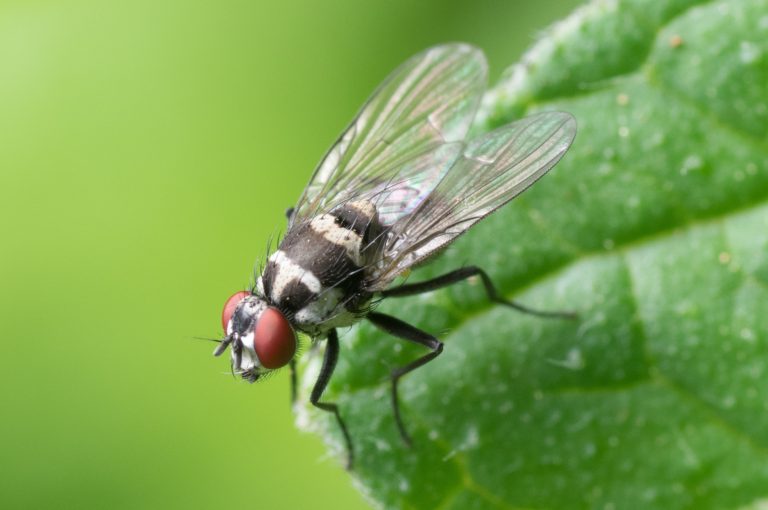

Cockroaches
There are two main species of cockroach in Ireland: the German Cockroach( Blattella Germanica) and the Oriental Cockroach ( Blattella Orientalis)
Treatment
The key to cockroaches management is thorough inspection. A cockroach survey (trapping) is sometimes necessary to determine the extent of an infestation, as even a thorough inspection will not reveal all cockroach harbourages or foraging areas.
Surveys involve placing sticky traps at strategic locations within the building. Whenever possible, place survey traps either against a wall or in a corner of the floor, a shelf, or a drawer, or under equipment and counters. Most commercially available traps come complete with bait to encourage cockroaches to enter.
Clothes Moths / Fabric Moths
There are two species of clothes moths that commonly infest premises: the Casemaking clothes moth (Tinea pellionella), and the Webbing clothes moth (Tineola bisselliella).
During the larval stage of the moth’s lifecycle, as a caterpillar, the insect does the actual feeding. Clothes moths feed on all kinds of dry materials of animal origin including woollens, mohair, hair, bristles, fur and feathers and dead insects. Holes are chewed in woollens or threadbare spots caused where fibres are chewed in carpeting.
Items that may be attacked include clothing, blankets, comforters, rugs, carpets, drapes, pillows, hair mattresses, brushes, upholstery, furs, piano felts or other natural or synthetic fabrics mixed with wool. Silken feeding tubes or hard protective cases are often found on infested fabrics.
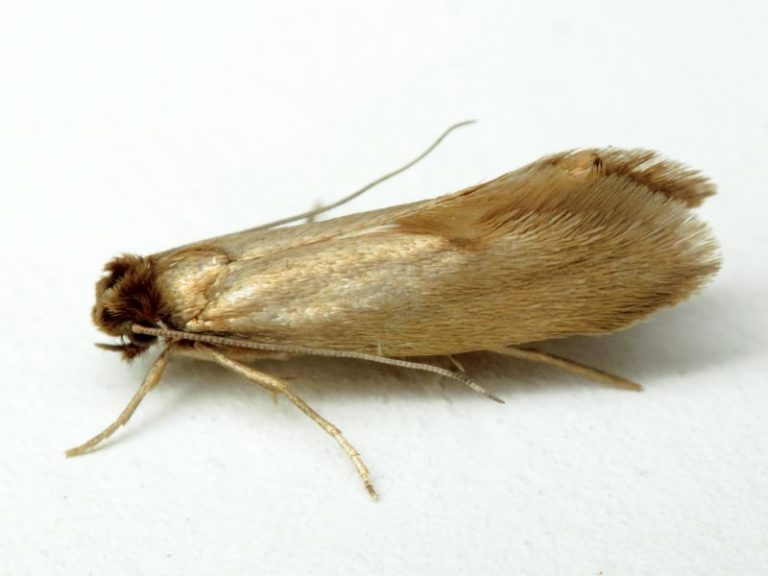
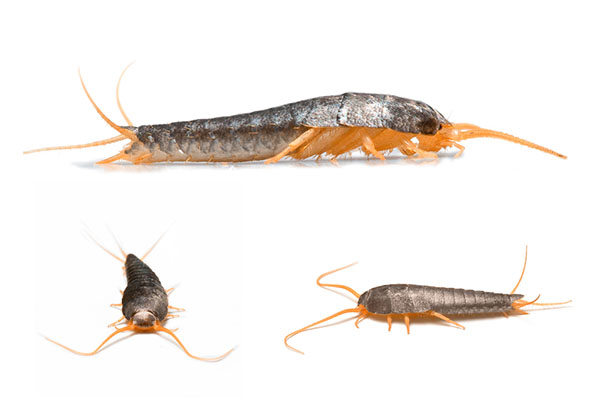
Silverfish
Silverfish, Lepisma saccharinum, is a small, wingless insect, part of an order called Zygentoma of which there are 550 known species.
The name Silverfish derives from the insect’s silvery light grey colour, combined with the fish-like appearance of its movements.
When they are fully grown that are a cigar-shaped, silver-grey, wingless insect about 12mm long. They are agile and can move quickly and have three long bristles at the tail end
Bird Control
Clean, Fast, Discreet & Cost-effective
PestGuard offer a wide range of proofing products expertly designed to prevent the infestation of pest bird species in residential homes. In the most pressing of situations the shooting of pest species of birds may be deemed necessary and carried out by licensed marksmen.
